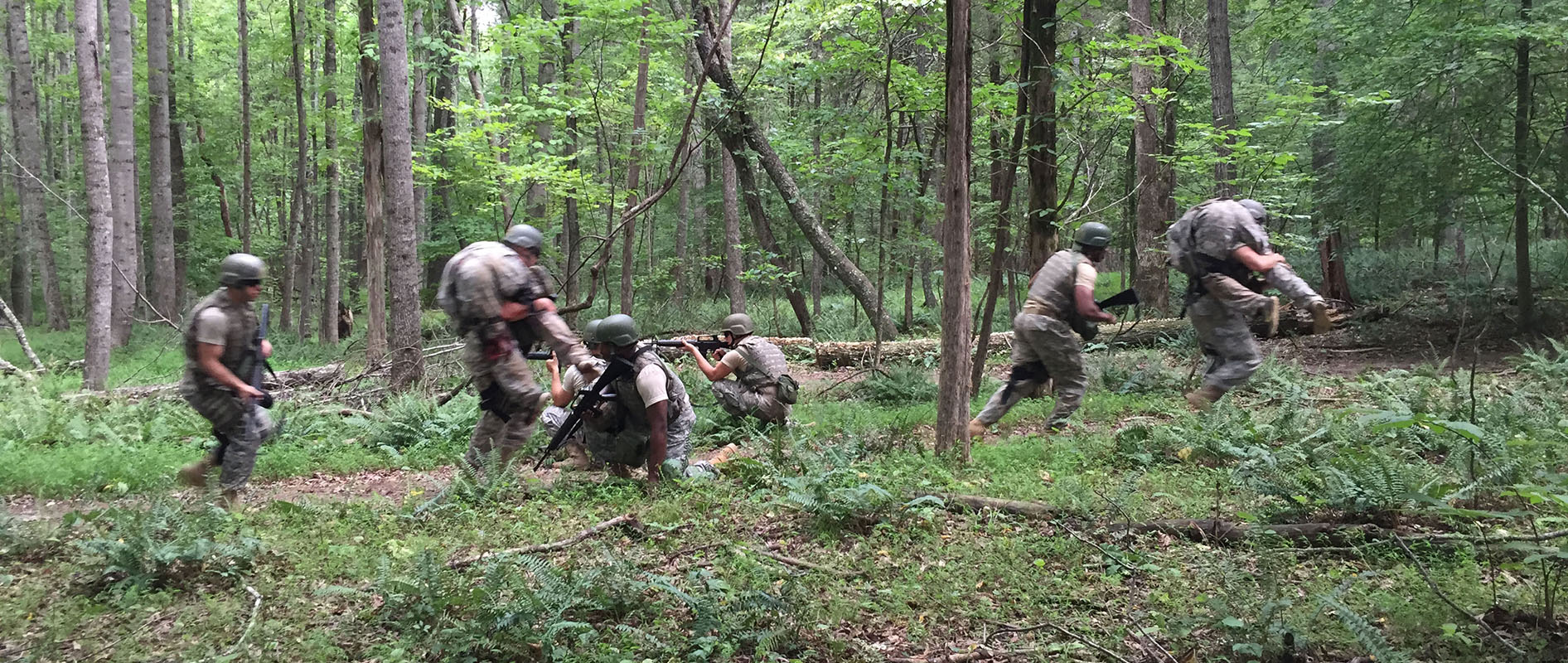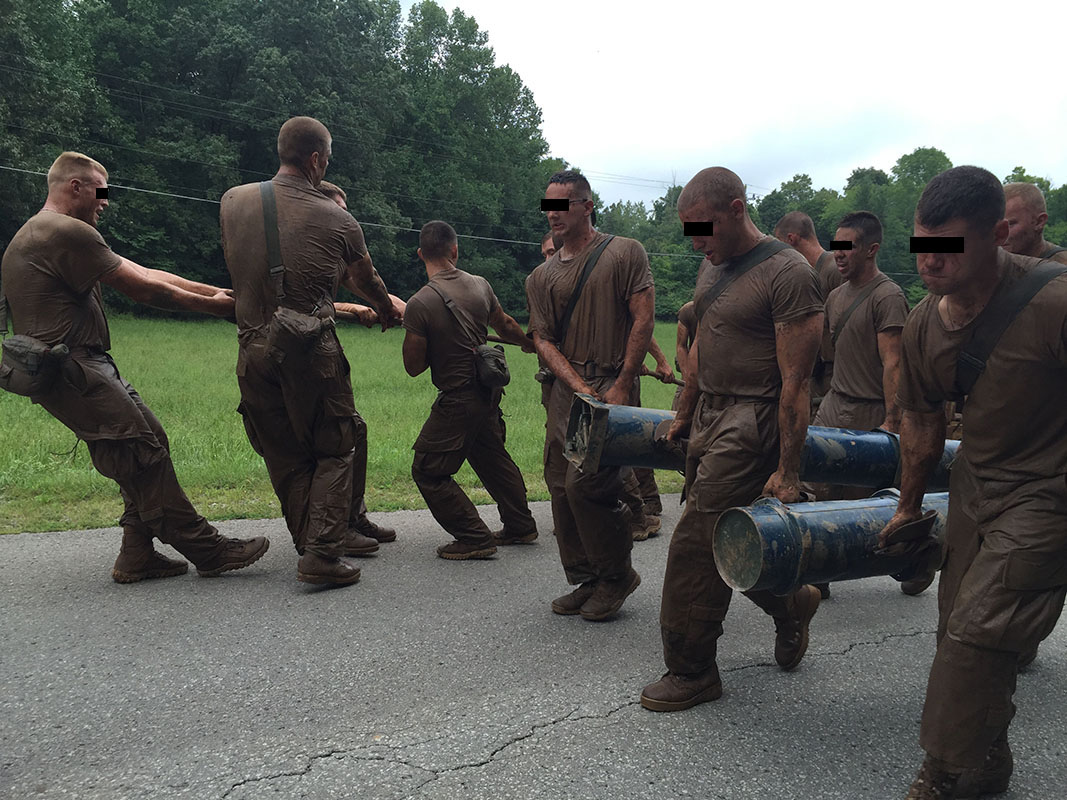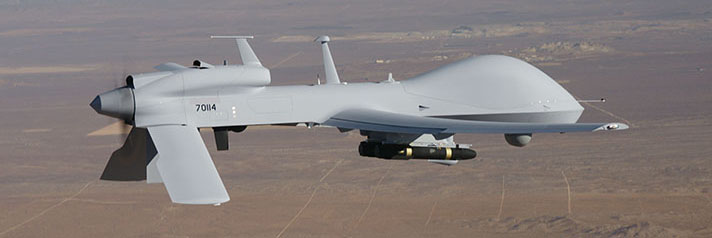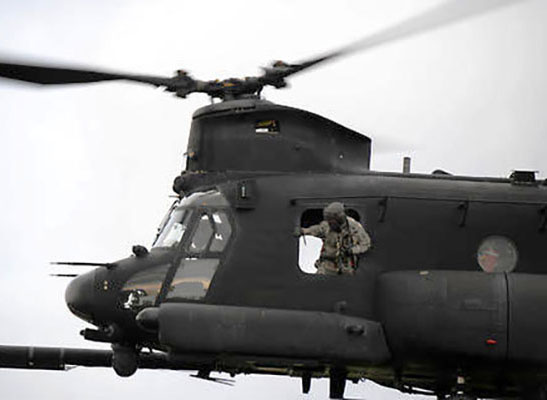REFERENCE
This article is a continuation from PART I: Officer ‘Green Platoon’
NOTES
IAW USSOCOM sanitization protocol for historical articles on recent operations, pseudonyms are used for majors and below who are still on active duty, unless names have been publicly released for awards/decorations or DoD news release. Pseudonyms are identified with an asterisk (*). The eyes of active ARSOF personnel in photos are blocked out when not covered with dark visors or sunglasses, except when the photos were publicly released by a service or DoD. Source references (end notes) utilize the assigned pseudonym.
This article was originally written in 2016. All information is current as of that date.
Private (PV2) Nicholas J. Foster enlisted in the U.S. Army straight out of high school. Having met the minimum prerequisite Mechanical Maintenance score of 104 on the Armed Services Vocational Aptitude Battery (ASVAB), Foster was able to select CH-47 Helicopter Maintainer (15U) as his Military Occupational Specialty (MOS). He graduated from ten-week-long Basic Combat Training at Fort Jackson, South Carolina, and PCS’d (Permanently Changed Station) to Fort Eustis, Virginia, for Advanced Individual Training (AIT). Assigned to 2/210th Aviation Regiment, 128th Aviation Brigade for training, Foster attended the seventeen-week-long 15U course, eventually graduating as the Distinguished Honor Graduate.1 He had expected orders to a conventional Army aviation maintenance company, but instead received orders to the Special Operations Aviation Training Battalion (SOATB) at Fort Campbell, Kentucky, to be assessed and trained as a Night Stalker in the 160th Special Operations Aviation Regiment (SOAR).
This fictional profile depicts the kind of enlisted soldier that might be assigned to SOATB to train for eventual assignment to the 160th SOAR. Regardless of rank or MOS, all enlisted personnel must be assessed and selected to attend training. They must then complete Enlisted ‘Green Platoon’ (EGP) in SOATB before earning assignment to the 160th SOAR. SOATB offers ten enlisted Programs of Instruction (POIs) for new arrivals and enlisted soldiers who have been in the regiment for some time. These POIs range from Enlisted Combat Skills to airframe-specific Maintainer and Non-Rated Crewmember (NRCM) courses. The first step in an enlisted soldier’s path to becoming a Night Stalker is assignment to the SOATB, commanded by Lieutenant Colonel Bradley D. Osterman.2
Enlisted personnel enter into SOA training by one of two ways. First, ‘Department of the Army (DA) Select’ soldiers are assigned by the U.S. Army Human Resources Command (HRC) based on MOSs needed by the Regiment. Most assignees are Initial Entry Training (IET) trainees, usually nearing the end of their time in AIT. The second way a soldier enters into SOA training is by volunteering and applying through the Special Operations Recruiting Battalion (SORB). Assignment to SOATB does not guarantee that the soldier will begin training—they must first be assessed and selected. The process for assessing enlisted personnel for training differs from that of officers and warrant officers in one significant way: the Regiment assesses officers and warrant officers before assignment to SOATB; whereas SOATB, specifically Company A, assesses enlisted personnel after they arrive for training.3

Responsibility for assessment and Combat Skills training falls on Company A, SOATB. Commanded by CPT Kellie A. McCarthy*, and with First Sergeant (1SG) Mitchell W. Norvell* as the senior Noncommissioned Officer (NCO), Company A consists of four platoons: Assessment, Reassignment, Enlisted Combat Skills, and Officer Combat Skills. The Assessment Platoon conducts the assessment and selection during Week 1. In addition to completing a background questionnaire, a psychological screening, and passing a security clearance check, candidates must meet minimum Army standards on the Army Physical Fitness Test (APFT) (at least 60 points each for the push-up, sit-up, and two-mile run events) and meet height and weight standards. Soldiers who fail the APFT receive additional physical training and re-test in six weeks. Nearly 90 percent of soldiers who fail the first APFT will pass the re-test and may begin training, provided that they have met the other assessment criteria. Those who repeatedly fail the APFT or height and weight standards, or are otherwise found not to be compatible with the 160th SOAR, transfer to the Reassignment Platoon to await transition out of SOATB. According to 1SG Norvell*, “The assessment is probably just as critical as the course itself because it is our filter for who comes to the organization, who starts training and who doesn’t.”4
The Enlisted Combat Skills POI lasts for six weeks (30 training days). Company A teaches seven ground combat skills courses per year with four committees: Land Navigation, First Responder, Weapons, and Combatives. In each area, students receive detailed practical instruction by a cadre of both active duty soldiers and contractors, mostly former or retired Night Stalkers. They have to pass a written examination and a practical culmination event administered by each committee. During the course, enlisted personnel must complete a four-mile run in 36 minutes, and four, eight, and twelve mile road marches in the allotted times. Enlisted personnel must also undergo an arduous ‘team-building’ day, similar to a Leader’s Reaction Course.5









